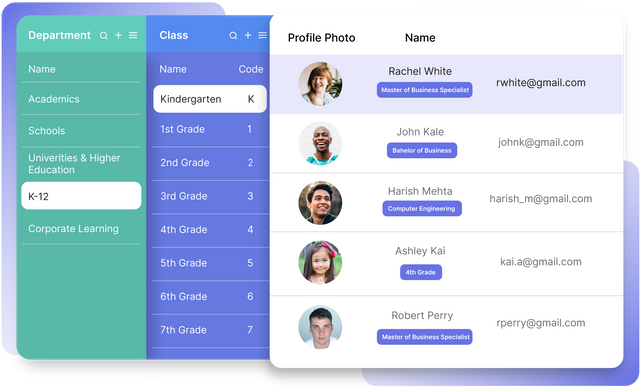
A Student Information System (SIS) is a centralized software platform used by educational institutions to manage student-related administrative tasks and data, from enrollment to alumni tracking. It serves as part of a broader School Management System, designed to streamline operations and support modern teaching needs.
Key Features of an SIS:
Enrollment and Admissions: Automates application processing and tracking.
Attendance Management: Tracks and notifies absences or tardiness.
Gradebook and Report Cards: Allows teachers to record grades and issue report cards.
Scheduling: Manages class schedules, room assignments, and teacher allocations.
Behavior Tracking: Monitors incidents and disciplinary actions.
Parent and Student Portals: Provides secure access to academic records and school updates.
Communication Tools: Facilitates communication via email, SMS, and notifications.
Reporting and Analytics: Offers dashboards for student performance and attendance trends.
Financial Management: Manages tuition fees and billing.
Integration: Can connect with Learning Management Systems (LMS) and other platforms.
Benefits of Using an SIS:
Centralized Data Management: Combines all student data in a single platform, reducing data duplication and error.
Increased Efficiency: Automates tasks, saving time and reducing errors.
Enhanced Communication: Keeps students, parents, teachers, and administrators informed and connected.
Data-Driven Decision Making: Provides insights for informed decisions on performance, resources, and curriculum.
Regulatory Compliance: Ensures accurate, timely reporting for adherence to educational regulations.
Accessibility: Cloud-based platforms allow remote access.
Parental Engagement: Parents can monitor their child’s progress and communicate with teachers.
SIS systems are secure, offering privacy protections like data encryption and user role-based access. They are customizable, often cloud-based, and can integrate with other educational and administrative tools, making them essential for schools, colleges, and universities seeking efficient management and improved student outcomes in a digital environment.